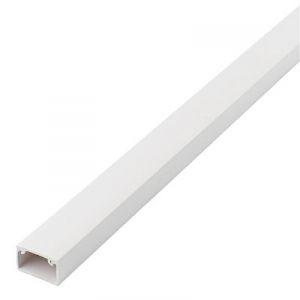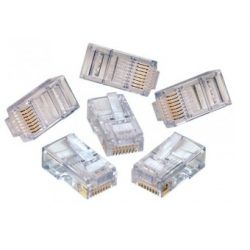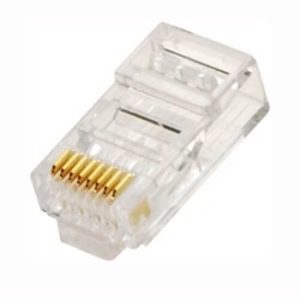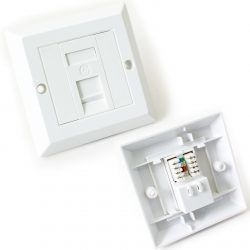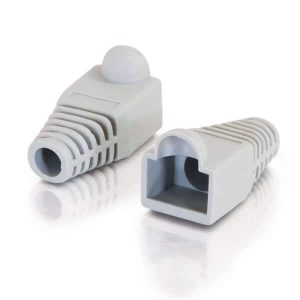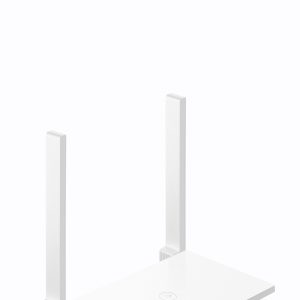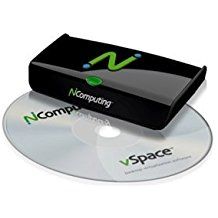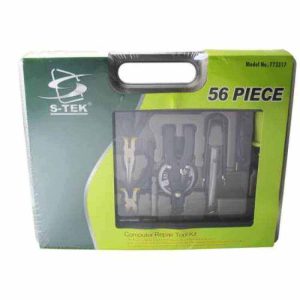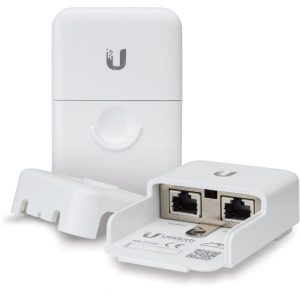Networking Equipments
Showing all 12 results
Buy networking equipments at the best price in Kenya only at Computers.
Networking equipments refer to a broad category of hardware devices used to facilitate communication and data exchange between devices on a computer network. This product area includes hubs, switches, routers, bridges, gateways, multiplexers, transceivers and firewalls.
How Network Equipment Works
Networking equipment interconnects devices so that data can be shared between them. The layout or topology of these connected devices describes the network’s design or structure. In wireless networks, devices communicate via radio waves and do not require physical connections. In wired networks, cables are used. These cables are equipped with connectors for a specific port or interface type. Computer networks handle data according to protocols that are fundamental mechanisms for network communications.
Types of Networking Equipments
- Hubs provide a central location for attaching wires to workstations. There are two types: passive and active.
- Switches connect devices to host computers and allow large numbers of these devices to share a limited number of ports.
- Routers are protocol-dependent devices that connect sub-networks or divide a very large network into smaller sub-networks.
- Repeaters use regeneration and retiming to ensure that signals are transmitted clearly through all network segments.
- Bridges are used to interconnect local or remote networks. They centralize network administration.
- Gateways can interconnect networks with different, incompatible communications protocols.
- Multiplexers combine multiple signal inputs into one output.
- Transceivers connect nodes and send and receive signals. They are sometimes called medium access units (MAU).
- Firewalls safeguard a network against unauthorized access.
What to Consider when buying networking equipment
-
Compatibility: Ensure that the equipment you are considering is compatible with your existing network infrastructure and other devices.
- Performance: Consider the speed and bandwidth capabilities of the equipment, as well as its reliability and ability to handle high levels of traffic.
- Scalability: Consider whether the equipment can grow with your business and support future expansion plans.
- Security: Look for equipment that offers robust security features to protect your network from cyber threats and unauthorized access.
- Ease of use: Consider the ease of installation, configuration, and management of the equipment, as well as the level of technical expertise required.


